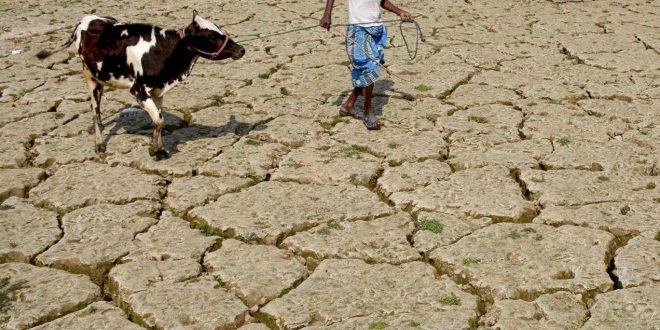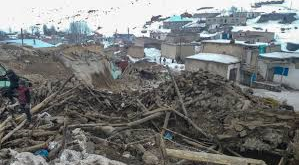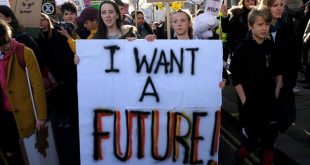Experts warn of ‘looming human crisis’ as millions are driven to migrate within national borders due to water scarcity, sea-level rise and storm surges
Millions of people in the developing world will be forced from their homes by climate change in the coming decades, according to a major new report produced by the World Bank.
Analysis of likely outcomes suggests a “looming human crisis” as the inhabitants of at-risk countries move within their national borders to safer areas.
These people will be driven by growing problems like water scarcity, crop failure, sea-level rise and storm surges, all of which are linked with the changing climate.
The report is the first of its kind to combine socioeconomic data with climate impact analysis to predict likely shifts in populations within countries as a result of climate change.
According to the researchers’ analysis, a “worst-case scenario” could see over 143 million people moving within their country’s borders by 2050 as the effects of climate change make their homes uninhabitable.
As the analysis only explored three developing regions – sub-Saharan Africa, South Asia and Latin America – the worldwide numbers could be far larger.
Awareness of “climate refugees” has been growing steadily in recent years, and the scientists behind the new report noted that cross-border migration in particular has been “capturing media attention”.
Barack Obama has warned that climate change could create a refugee crisis that is “unprecedented in human history”, and one study predicted global warming could cause asylum applications in Europe to nearly triple.
However, internal migration as a result of climate change has received less coverage, despite its potential for severe social and economic disruption.
“Internal migration – that is people moving within their borders – is probably three times the level or international migration,” said John Roome, senior director for climate change at the World Bank.
World Bank chief executive officer Kristalina Georgieva said the research provides a wake-up call to countries and development institutions.
“We have a small window now, before the effects of climate change deepen, to prepare the ground for this new reality,” she said.
“Steps cities take to cope with the upward trend of arrivals from rural areas and to improve opportunities for education, training and jobs will pay long-term dividends.
“It’s also important to help people make good decisions about whether to stay where they are or move to new locations where they are less vulnerable.”
The authors of the report looked at three potential climate change and development paths, ranging from “pessimistic” to “climate friendly”.
They noted that certain “hotspots” are likely to experience drastic out and in-migration.
As water availability declines in the northern highlands of Ethiopia, for example, people are likely to rapidly evacuate its agricultural regions.
Meanwhile, population hubs like Mexico City and Nairobi will see significant influxes of people fleeing regions hit hard by climate change.
“Without the right planning and support, people migrating from rural areas into cities could be facing new and even more dangerous risks,” said the report’s team lead Dr Kanta Kumari Rigaud.
“We could see increased tensions and conflict as a result of pressure on scarce resources.”
However, the team behind the research also said the situation is far from hopeless, and there is much that can be done to curtail climate migration and the problems associated with it.
“This is the worst case scenario – although there will be some climate migration under any scenario, this does not have to be a crisis,” said Mr Roome
“If we can take action now that is significant with respect to both climate change and development planning, this number of 140 million people could be reduced by as much as 80 per cent.”
Key actions recommended by the report include cutting greenhouse gas emissions, transforming development planning to account for the reality of climate migration and investing in more analysis to understand migration trends on individual country levels.
The report comes ahead of the Global Compact on Migration, which is currently being negotiated in the United Nations (UN) and has the potential to provide protection for climate refugees under international law.
The Independent
 Lebanese Ministry of Information
Lebanese Ministry of Information



